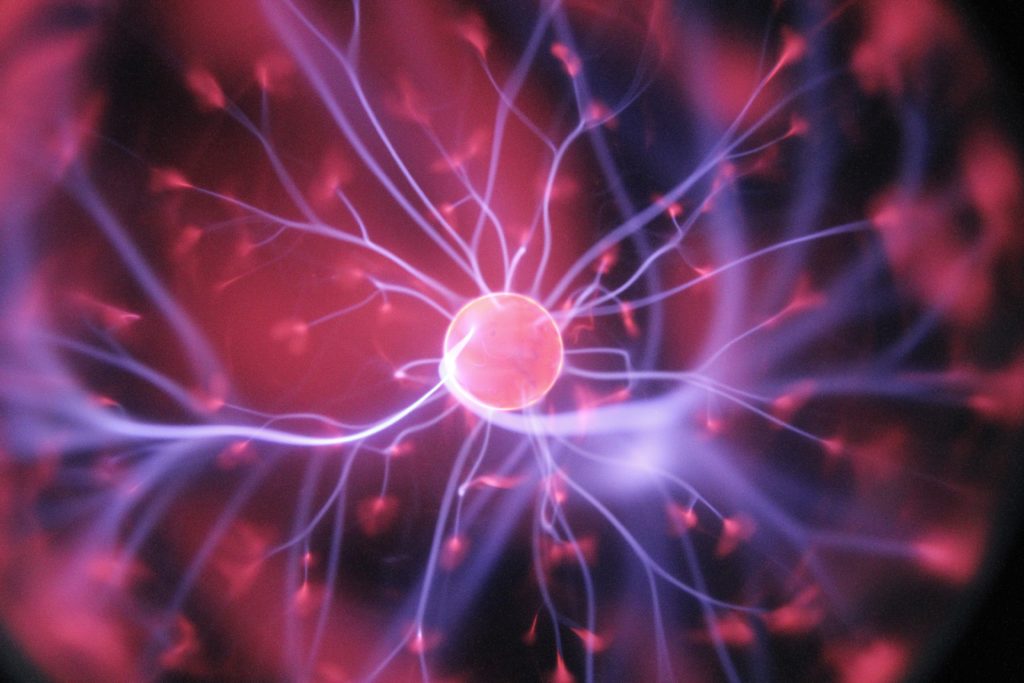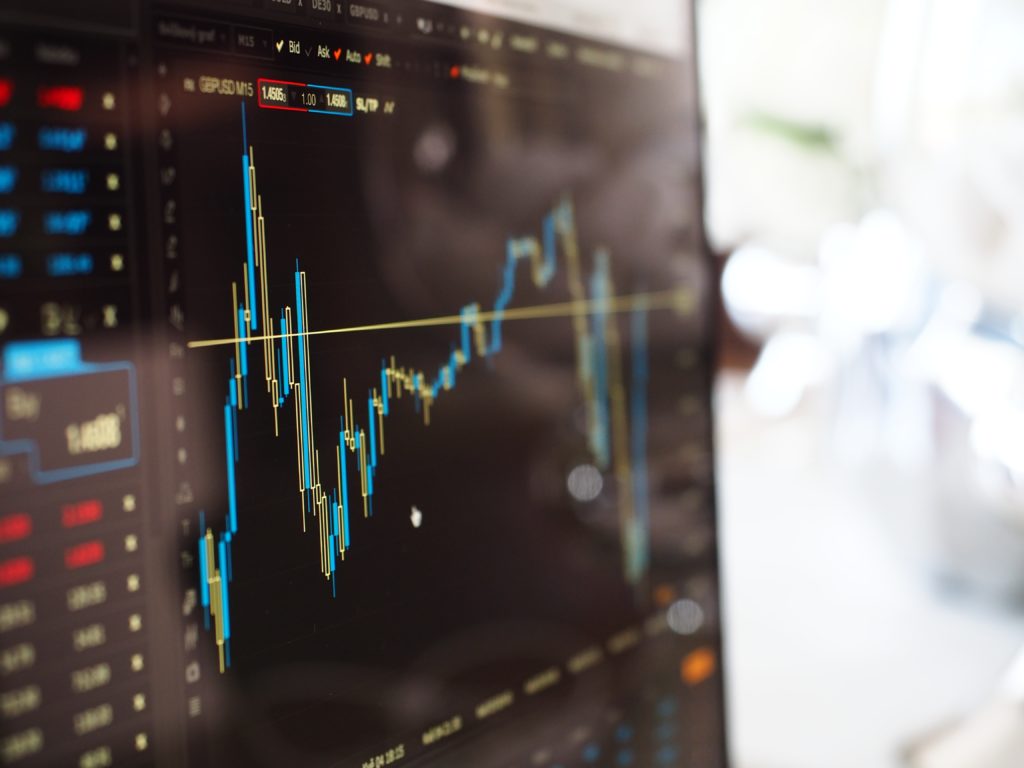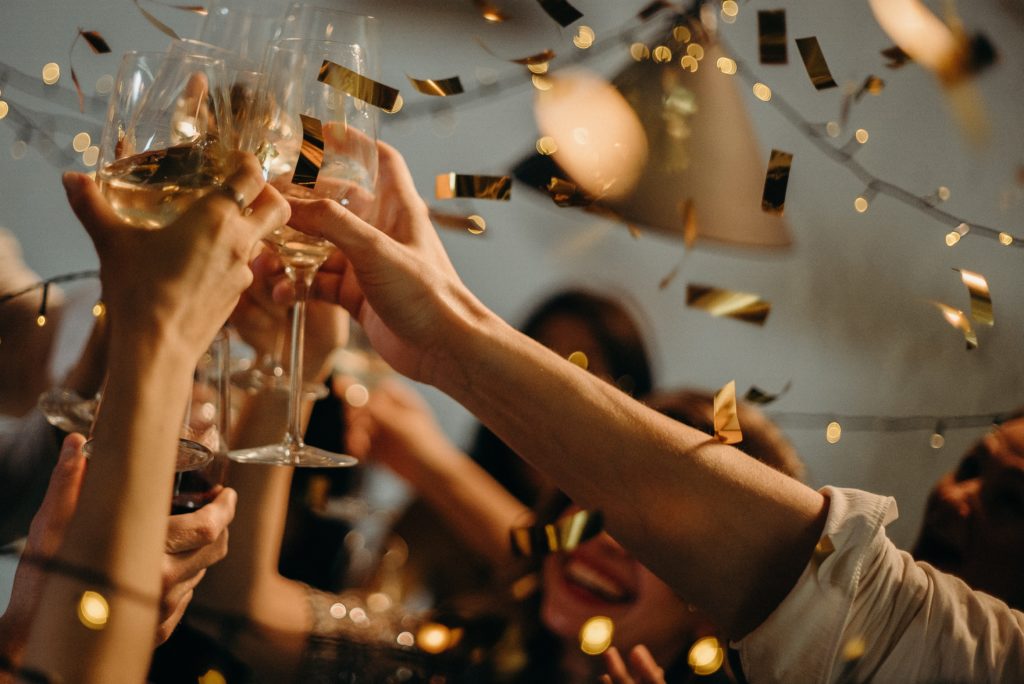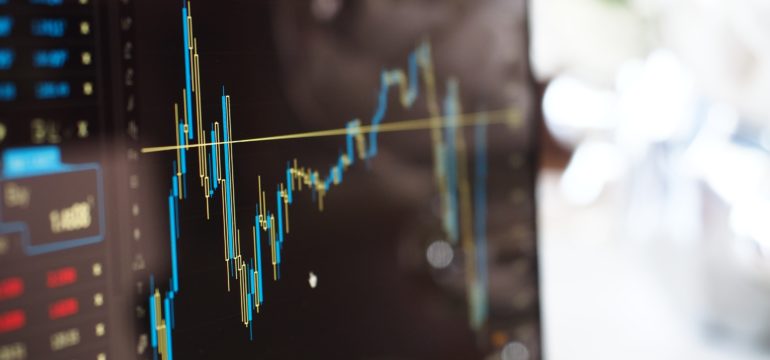By: Jo-Ezer Lau
Fighting Fraud with Nuclear Magnetic Resonance (NMR) Spectroscopy
This sequel to Part I and Part II in the Food Fraud series uncovers how overcoming wine fraud goes beyond the boundaries of science, considering the social role of wine and human fallibility in fraud perception. Is fighting wine fraud is even worth our time and resources in the first place? Some say ignorance is bliss, but is it really?
Indeed, analytical science has shown much promise in fraud detection prevention through nuclear magnetic resonance (NMR) and harnessing the power of databases to verify the authenticity of wine samples based on their established profile maps.
What is NMR Spectroscopy?
Stable isotope ratio analysis through NMR and isotope ratio mass spectrometry has been used in the wine control program of the European Union since 1990. [1]
The principle behind NMR is that most nuclei spin and all nuclei are electrically charged. Hydrogen nuclei also behave as little magnets and a hydrogen nucleus (proton) can also be aligned with an external magnetic field or opposed to it. If an external magnetic field is applied, with just the right amount of energy, it is possible to flip the nuclei from its stable alignment at a base energy to a more unstable state of higher energy.

Photo by Hal Gatewood on Unsplash
The energy needed to make this flip depends on the strength of the external magnetic field used but is typically within radio wave frequencies of about 60 – 100 MHz. [2] The interaction between the radio waves at the frequency needed to force an alignment change and the proton as it changes from one orientation to the other can be detected and expressed as a peak on a graph. This flipping of the proton to another magnetic alignment and sustaining it there by radio wave energy is known as the resonance condition.
Since the nuclei absorb energy to reach an unstable state, as the spin falls back to base level, energy is emitted at the same frequency. The signal that matches this transfer is detected and measured to yield an NMR spectrum for the nucleus concerned.

Photo by Chris Liverani on Unsplash
NMR Fingerprinting in Fraud Detection
The accuracy and reliability of wine fraud detection depend on the method’s degree of sophistication. Inspecting labels and seal for authenticity by eye are subjective methods that are slowly being phased out. Bubble seals and DNA tags are more tangible, reliable methods that improve authenticity and traceability. In this age, stable isotope analysis, chromatography, mineral content analysis and even genomics are gradually making way for more quantitative, rapid and reproducible metabolomic methods for wine profiling, like NMR fingerprinting. [3]
NMR spectroscopy has been developed at length as an analytical technique used in the quality control of the purity of a complex substance such as wine, assessing its content and the molecular structure of predominant compounds. NMR screening has advanced capabilities beyond those of conventional analytical methods, which are not capable of generating the same breadth of parameters with minimal sample runs and preparation times.
Instruments acquire spectroscopic profiles – or fingerprints – from wine samples; and compare them to a large database of authentic wine samples, using a multivariate statistical approach.

Photo by energepic.com from Pexels
This provides information that is both targeted (quantification of defined substances) and non-targeted (identifying deviations from reference spectra), ranging from the detailed chemical composition of the wines and the geographical origin (including soil influence), as well as wine variety, vintage year and any form of adulteration.
Non targeted deviations are also important because wine obtains much of its commercial value from the geography and vintage of the grape, on a country-wide basis as well as down to sub-areas within a country. Geographic information systems (GIS) are an example of technology that can verify these features. They can map wine oxygen stable isotope ratios to obtain unique geographical information, based on a predicted precipitation map.
In fact, an NMR analysis provides the wine producer with a detailed certificate with up to 52 different measurement parameters, including testing for decomposition, markers of fermentation, amino acids, phenol derivatives and stabilising agents. [4]
Ultimately, NMR spectroscopy is a powerful tool among analytical science techniques when coupled with data mining methods, providing high-throughput fingerprinting of wine with a high level of reproducibility. Together, these enable powerful statistical analysis to detect minute changes across multiple parameters at a time.
Human Fallibility and the Paradox of Exposing Wine Fraud
Common wine frauds continue to slip under the radar at an end consumer level, resulting in a further lack of deterrent simply because the differences are too subtle. Ashenfelter (2006) and Quandt (2007) found that, even for so-called ‘professional’ wine tasters, it is incredibly hard to differentiate wines of varying qualities in blind taste tests. [5],[6] In 2008, a US-based study of wine judges’ performance demonstrated that “only half of the judges were consistent in their judgments” when presented with the same wine samples thrice during a blind tasting. [7] If this statistic is reflective of trained testers’ capabilities, it is hard to expect everyday wine consumers to identify incongruity between what the glass contains and what the bottle label indicates.
The enjoyment of wine is enhanced by external factors e.g. wine temperature, the ambience of consumption, any accompanying food and drink, even the level of intoxication at the point of which the wine is consumed. Together, these confounding factors make it even more unlikely that any concrete consumption fraud can be established via consumer complaint.

Photo by cottonbro from Pexels
Moreover, studies find that ordinary wine drinkers actually prefer cheaper wines. [8] The nature of wine is such that it can be perceived as a luxury good. This leaves wine vulnerable to premium pricing strategies, in that a wine may receive higher appreciation just from its price tag alone. Studies by Plassmann (2008) and his colleagues [9], as well as Almenberg and Dreber (2009) [10] found that, even with blind taste tests, subjects rated the same wine samples differently with higher ratings given to wine samples with a higher alleged price, showing just how susceptible we are to marketing ploys.
Therefore, a rather absurd moral dilemma arises if we were to consider wine fraud from a consumer’s perspective – victims of wine fraud are victimised by the exposure of fraud and not the fraudulent wine per se [11]. In other words, if objective reasoning were thrown out of the window, provided fraudulent wines do not jeopardise the health and safety of the consumer, consumers are not necessarily ‘victims’ of wine fraud, unless it is pointed out as such. This creates a somewhat lackadaisical paradox – in that when authorities and the science community expose wine fraud, they victimise those very same wine drinkers.

Photo by Alasdair Elmes on Unsplash
In an extensive report [12] on the world’s alleged most infamous wine forger to date, Rudy Kurniawan, journalist Ed Cummings points out that some of Kurniawan’s friends are in a greater state of denial than the criminal himself. They “still don’t want to believe what Kurniawan did.” The truth is, the rich will find a way to spend money if they want to. To that end, a market still exists for Kurniawan’s wine collection, both the unadulterated and fakes that survived the bust.
Jerry Rothwell, a renowned British documentary filmmaker, quite aptly states [13]
“Taste is obviously really subjective and contextual, and it’s hard to put into words,” […] “But with wine it’s not as simple as saying it’s the emperor’s new clothes, or that this was a victimless crime. […] Whether you’re into wine or not, [wine adulteration] is about human fallibility.”
Whose, though? Playing its functional roles in socialising, wine brings people together in warmth, conversation and laughter. Considering the history and mystique surrounding this alcoholic drink, surely the spirit of wine does not wear a lab coat – it hits the dance floor half naked, shares banter around a fire, and celebrates the moments and memories created around it.
Few would stop to ponder the authenticity of their €9 bottle as they unscrew its cap. Sure, people have broken the law, under which they deserve to be prosecuted, but Dionysus would have just laughed.
References:
[1] Smajlovic, I., Wang, D., Túri, M., Qiding, Z., Futó, I., Veres, M., Vujadinović, M. (2019). Quantitative analysis and detection of chaptalization and watering down of wine using isotope ratio mass spectrometry. BIO Web of Conferences, 15, 02007.
[2] Clark, J., (2014). WHAT IS NUCLEAR MAGNETIC RESONANCE (NMR)? Available at: https://www.chemguide.co.uk/analysis/nmr/background.html#top [online]. Accessed 19 Jan 2020.
[3],[4] Mangelschots, I., (2018). Shedding Light on Wine Fraud With NMR Fingerprinting. Available at: https://www.technologynetworks.com/tn/articles/shedding-light-on-wine-fraud-with-
nmr-fingerprinting-313144?utm_content=85296666&utm_medium=social&utm_source=facebook&hss_channel=fbp-272776442828550 [online]. Accessed 22 Jan, 2020.
[5] Ashenfelter O. (2006) Tales from the crypt: auctioneer Bruce Kaiser tells us about the trials and tribulations of a wine judge. Journal of Wine Economics. 1(2):173–175.
[6] Quandt, R.E., (2007) On wine bullshit: some new software? Journal of Wine Economics, 2(2):129–135.
[7] Hodgson, R.T., (2008) An examination of judge reliability at a major US wine competition. Journal of Wine Economics, 3(2):105–113.
[8] Goldstein, R., Almenberg, J., Dreber, A., Emerson, J.W., Herschkowitsch, A., Katz, J., (2008) Do more expensive wines taste better? Evidence from a large sample of blind tastings. Journal of Wine Economics, 3(1),1–9.
[9] Plassmann, H., O’Doherty, J., Shiv, B., Rangel, A., (2008) Marketing actions can modulate neural representations of experienced pleasantness. Proceedings of the National Academy of Sciences of the United States of America, 105(3), 1050–1054.
[10] Almenberg, J., Dreber, A., (2009). When does the price affect the taste? Results from a wine experiment. The American Association of Wine Economists, 2009. Working Paper 35. Available from: http://www.wine-economics.org/workingpapers/AAWE_WP35.pdf. Accessed 20 Jan 2020.
[11] Holmberg, L., (2010). Wine fraud. International Journal of Wine Research, 2010(2), 105-13.
[12],[13] Cummings, E., (2006). The great wine fraud. Available at: https://www.theguardian.com/global/2016/sep/11/the-great-wine-fraud-a-vintage-swindle [online]. Accessed 21 Jan 2020.
 Jo-Ezer Lau
Jo-Ezer Lau
Jo is currently completing his BSc. (Hons) Food Science and Nutrition at the Letterkenny Institute of Technology in Ireland. His honours year project studies the optimal range of cooking temperature-time combinations for spinach to maximise mineral retention. He is looking to pursue postgraduate studies either in food safety or sports nutrition.
Ultimate (frisbee) is an important part of Jo’s life. His dream is to research and develop a food and nutrition programme that competitive, elite Ultimate players can utilise, because he believes that eating right is the only way to make all the physical grind worthwhile.
Jo loves a good hike, whipping up a delicious meal and acoustic music. His greatest achievement thus far as a Malaysian studying at an out-of-the-world distance from home, is making Nasi Lemak from scratch. Blood is thicker than water, but sambal is thicker than blood.






Leave a Reply